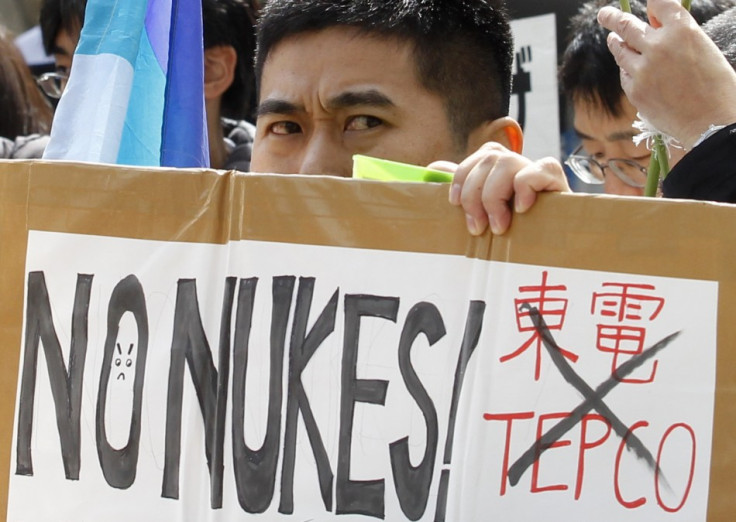Protests Erupt as Japan's First Nuclear Reactor Restarts
Japanese PM Yoshihiko Noda orders restart of reactors 3 and 4 at Ohi nuclear power plant

Hundreds of people gathered to protest against the restarting of a nuclear power plant on Sunday, the first to go back on line since the massive tsunami that hit Japan in 2011.
Japan ordered the shutdown of all its nuclear installations for safety checks following the meltdown at the Fukushima Dai-ichi plant triggered by a devastating earthquake and tsunami.
All the 50 nuclear power plants were gradually shut down following the nuclear disaster considered as the worst since the Chernobyl tragedy.
In June, Japanese Prime Minister Yoshihiko Noda sought the support of the people and ordered restarting of reactor Nos 3 & 4 of a nuclear power plant in the town of Ohi.
Noda maintained that return to nuclear power was vital for the economy.
People started shouting and were seen dancing at the gate of the power plant where the plant's reactor No 3 would get operational, according to an Associated Press report.
Thousands of people even gathered near the official residence of Noda on Friday to protest against the move. They chanted "Saikado hantai," or "No to nuclear restarts".
Though the government announced that reactor Nos 3 & 4 are safe for operation, people were not convinced about the safety of nuclear energy.
Reactor No 3 would go online at 21.00 local time and reactor No 4 on 14 July, according to the operator, Kansai Electric Power Co (Kepco).
"It's a lie that nuclear energy is clean. After experiencing the nuclear bombing of Hiroshima and Nagasaki, how can Japan possibly want nuclear power?," AP quoted 41-year-old Taisuke Kohno, a musician and one among the protestors, as saying.
Meanwhile, the Tokyo Electric Power Co (Tepco) is still working to restore the cooling system for the pool for spent nuclear fuel at reactor No 4, which went down on Saturday.
Tepco is working to restore the cooling system as early as possible to prevent radiation.
The pool contains 1,535 fuel rods including 204 unused fuel rods. Spent fuel is highly radioactive and if the fuel rods are not kept cool, they could cause massive radiation that may require the evacuation of Tokyo city.
© Copyright IBTimes 2025. All rights reserved.





















